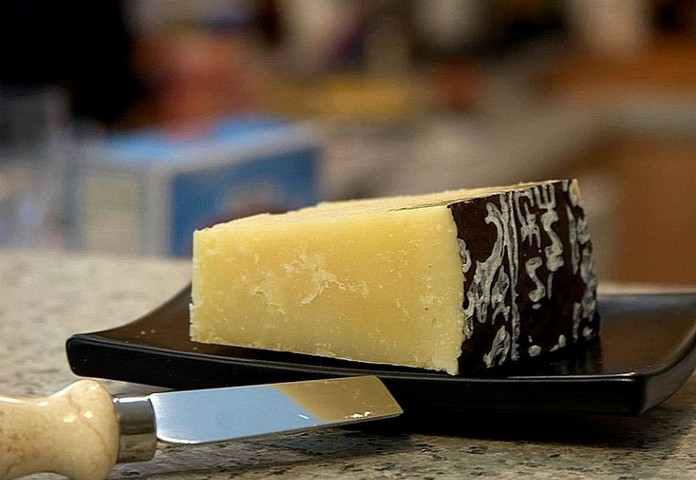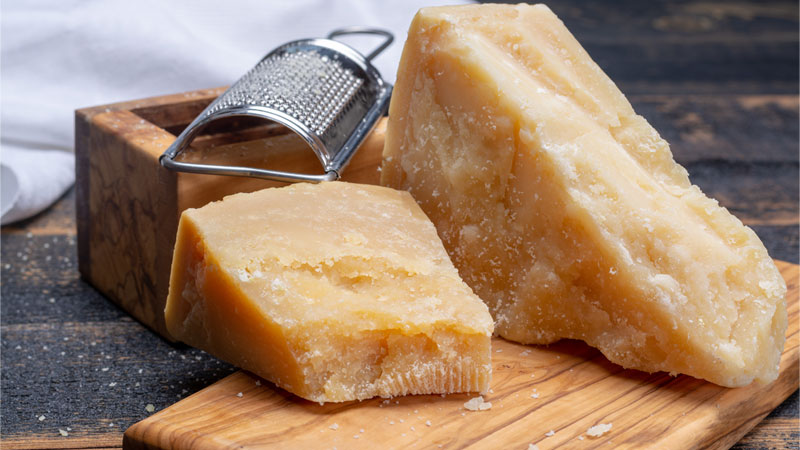 While we often use the name “parmesan” to refer to all of Italy’s grateable hard cheeses, there are a number of different styles within the category.Parmesan is one of them, though that particular cheese isn’t necessarily as closely linked to Italy as you might imagine. So before you head out to the grocery store, get to know the different styles of Italian hard cheeses.
While we often use the name “parmesan” to refer to all of Italy’s grateable hard cheeses, there are a number of different styles within the category.Parmesan is one of them, though that particular cheese isn’t necessarily as closely linked to Italy as you might imagine. So before you head out to the grocery store, get to know the different styles of Italian hard cheeses.
PARMESAN
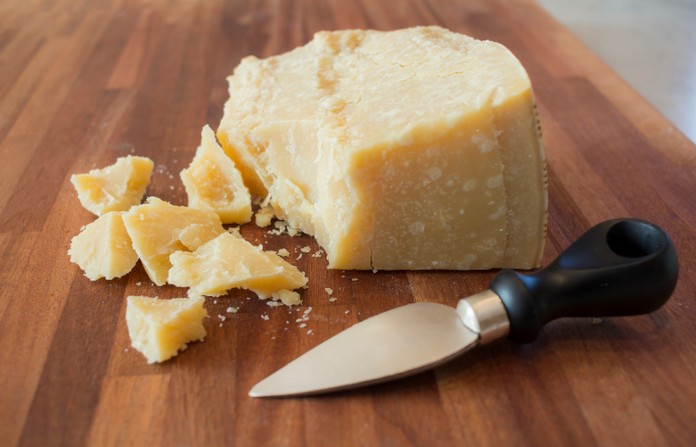 According to FDA laws, any cow’s milk cheese that has a hard, brittle rind and granular texture, and grates easily, can be labeled parmesan in the U.S.The cheese’s origin plays no part in labeling laws, so producers from Idaho are just as free to use the term parmesan as those importing cheese from Italy.
According to FDA laws, any cow’s milk cheese that has a hard, brittle rind and granular texture, and grates easily, can be labeled parmesan in the U.S.The cheese’s origin plays no part in labeling laws, so producers from Idaho are just as free to use the term parmesan as those importing cheese from Italy.
Not only does a hard cheese not need to come from Italy to be classified as parmesan, it doesn’t even need to be made from fresh whole milk. Instead, reconstituted dry milk, skim milk, and/or cream are also all acceptable.
PARMIGIANO-REGGIANO
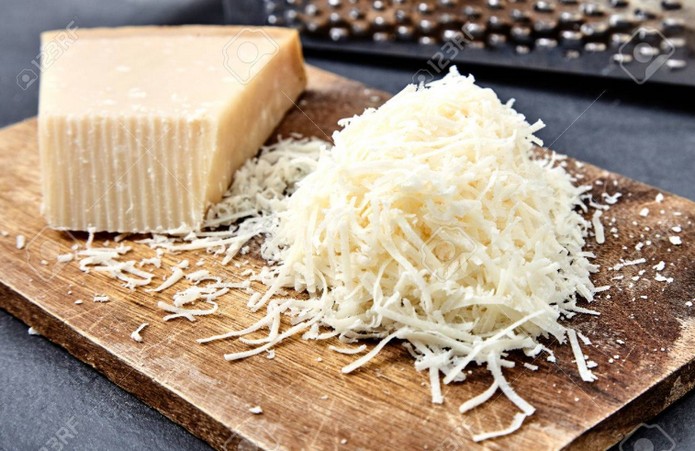
To comply with DOP guidelines, Parmigiano-Reggiano has to be made in one of two northern Italian regions: Emilia-Romagna, which is home to Parma (hence the name), or the Mantova province of Lombardy.
GRANA PADANO
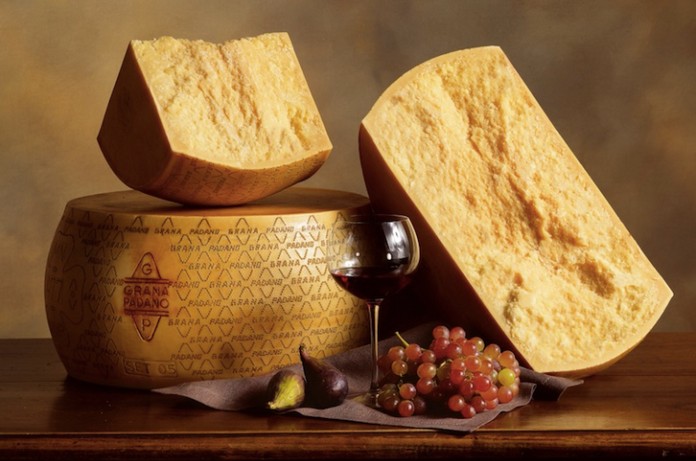
PECORINO ROMANO
It is texturally similar to the other three kinds of cheese, but that’s where their similarities end. Rather than cows, it’s sheep that provide milk.
Aging ranges between five months and eight months, and Pecorino Romano production must occur either on the island of Sardinia (where the majority takes place), in the central region of Lazio, or in the Tuscan province of Grosseto.Although it ages for shorter periods, Pecorino Romano carries a stronger flavor profile and is saltier and tangier than Parmigiano-Reggiano.
These bold flavors come from the sheep’s milk base, which also provides a milky white cheese and a dark black rind, compared to the yellow-golden cow’s milk.

